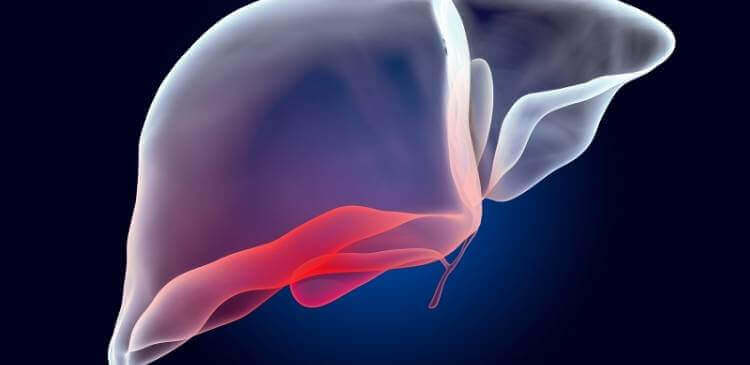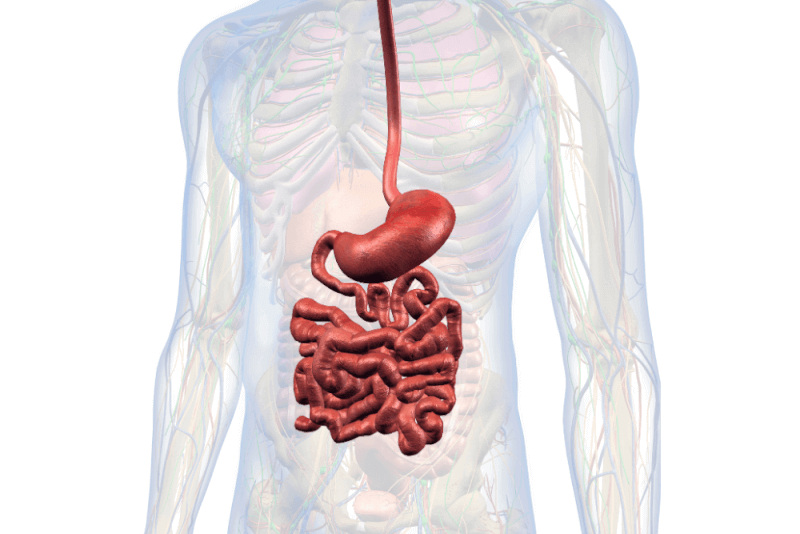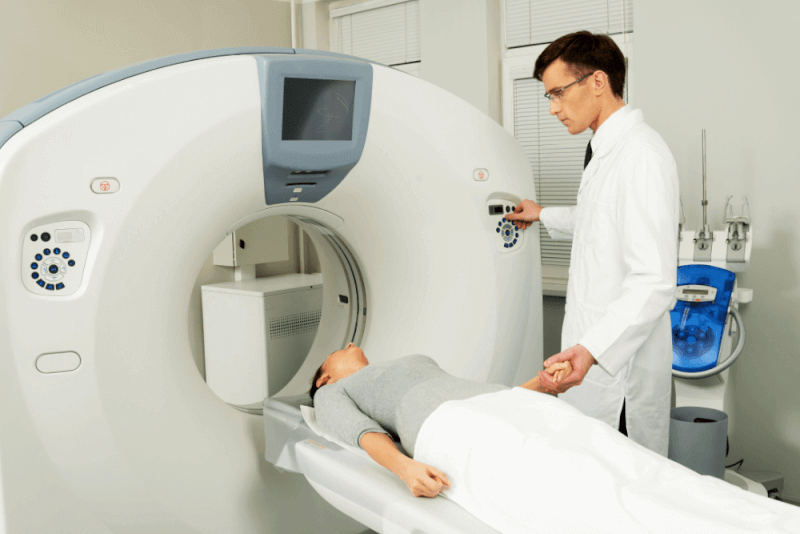Although gallbladder cancer is one of the rare types of cancer, it is also one of the types of cancer that progresses rapidly and has a poor survival rate. Gallbladder cancer, which is most common in Japan, Chile and India, is usually encountered by chance during surgeries in which the gallbladder is removed. In cases where gallbladder cancer is symptomatic, it is usually in advanced stages.
What is Gallbladder Cancer?
The gallbladder, located below the liver, is made of muscle and is a pear-shaped bag. Bile produced in the liver is collected by small ducts and drains into the common bile duct. This bile then goes into the gallbladder. Thus, bile made by the liver in small and continuous amounts accumulates in this bag. The role of the gallbladder is to temporarily store bile from the liver. Bile cancer is abnormal growths and cell degeneration in the tissues in this pouch.
Causes of Gallbladder Cancer
The exact cause of gallbladder cancer has not been established. A significant proportion of gallbladder cancers start in the cells lining the gallbladder and acting as secretory cells. Chronic inflammation in cells loses their similarity to each other over time. This then develops into invasive carcinoma, first at the site and then throughout the sac. All this change takes place over a period of approximately 5 to 10 years.
The prevalence of gallbladder cancers is similar to that of gallstones. Chronic inflammation in the sac is therefore thought to cause cancer. Polyps in the gallbladder and other gallbladder diseases are also thought to increase the risk of cancer.
The incidence of gallbladder cancer is twenty-five percent in cases of porcelain pouch, which is an advanced form of chronic inflammation in the gallbladder. For this reason, cholecystectomy is indicated for all porcelain incisions.
In some experimental studies, it was found to be higher than it should normally be in the stages of patients with bile cancer 2. bile acids were detected. Oral contraceptives, methyldopa, Receiving isoniazid treatment and working in the tire industry are also thought to be among the predisposing factors of biliary cancer. Bile cancers are more common in women and older people.
Gallbladder Cancer Symptoms
Symptoms of gallbladder cancer may not be diagnostic. Gallbladder cancers are usually asymptomatic, and possible signs of gallbladder cancer include urges:
- Yellowing of the skin and the white part of the eye,
- Nausea
- Involuntary weight loss,
- Fire,
- Feeling of bloating in the abdomen,
- Abdominal pain, especially in the right upper quadrant,
How is Gallbladder Cancer Diagnosed?
If a doctor is consulted with symptoms caused by gallbladder cancer, clinical suspicion must first be aroused. From gallbladder cancer In case of suspicion, the gallbladder should be evaluated by abdominal ultrasonography. Disruption of the integrity of the mucosa of the gallbladder or an increase in its echogenicity supports the cancer branch.
After ultrasonographic imaging, some laboratory techniques are also used. These laboratory tests include liver function tests, blood count, alkaline phosphatase and bilirubin levels are evaluated. In case of detection of impairments, cancer intra, showed involvement of liver organ tissue or extrahepatic bile ducts. In addition to these clinical findings, carcinoembryonic antigen, one of the tumor markers, is found to be elevated in half of the patients and cancer antigen in 80%.In cases where ultrasound findings strengthen the suspicion of cancer, computed tomography examination is performed. This examination also allows the condition of other lymph nodes in the abdomen to be assessed. Magnetic resonance imaging is used to learn the area and extent of cancer spread in more detail than computed tomography.
A fine needle biopsy is performed to determine the type of bile cancer so that it can be determined whether surgery can be performed. ERC and PTC are effective in deciding whether the tumor can be removed as a whole or not, but also guide the choice of palliative procedure. As with other types of cancer, PET scans are performed to determine whether it has spread throughout the body.
How is Gallbladder Cancer Treated?
The treatment method of gallbladder cancer is surgical treatment methods. On the other hand, the surgical approach to be applied varies between surgeons. While surgeons suggest that prophylactic cholecystectomy can be performed in asymptomatic gallbladders, some researchers do not perform prophylactic cholecystectomy, arguing that stones in the gallbladder are unlikely to cause cancer. However, some cases definitely require surgical intervention. These conditions primarily include the presence of a suspicious appearance of the gallbladder wall on ultrasound or the presence of a porcelain sac. The presence of a small number of polyps larger than 1 centimeter in diameter in the gallbladder requires surgery to remove the gallbladder. If there are more than three polyps in the sac or polyps larger than 18 millimeters, surgery is performed because of the high risk of cancer.
Palliative Care
Gallbladder cancers are often diagnosed at a late stage because they are extremely insidious. This situation causes patients to lose their chance of surgical treatment. Patients diagnosed at a late stage have a life expectancy of less than 12 months. Therefore, palliative approaches offer care and treatment options that aim to increase patients’ comfort and reduce their complaints.
Stages of Gallbladder Cancer
Gallbladder cancers are divided into 4 stages. 1. At this stage, the gallbladder tumor is localized only intramuscularly. In stage two gallbladder cancer, the tumor has invaded the muscular layer. Cancer By stage 3, all layers of the wall of the gallbladder are facing the tumor. On the other hand, ductus cysticus lymph nodes may also be involved. The last stage of the gallbladder At stage 4, the cancer has spread to the liver and other neighboring organs. Bile ducts and other lymph nodes are also involved.









